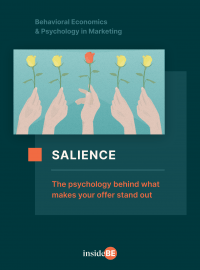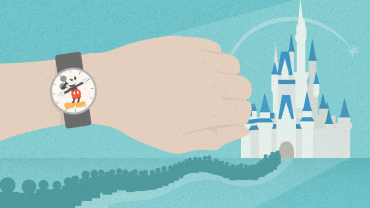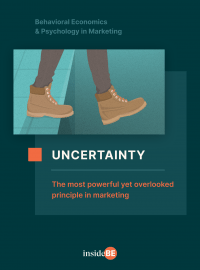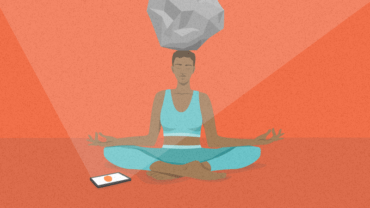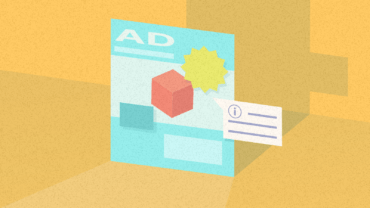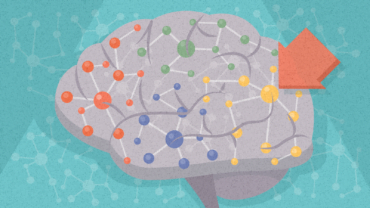When Science Meets Creativity: The 6 Most Creative Nudges According to Experts
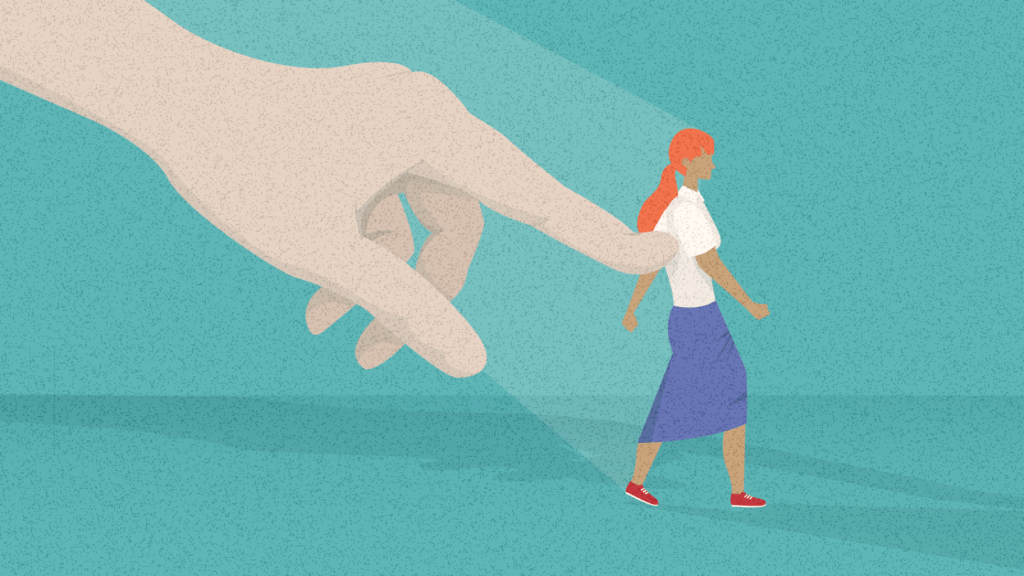
Even though Behavioral Economics is a science, it can be used in highly creative and original ways. Learn about the 6 most creative behavioral economics case studies according to 4 behavioral experts.
In this article, you’ll learn:
- How just a small change in the physical environment saved hundreds of lives and even slowed down riots;
- How to increase sales by using the right words in the right place and making the behavior as easy as possible;
- How a Houston airport increased passenger satisfaction by making them walk six times farther to get their baggage (and yes you read that right); and
- How removing uncertainties made patients opt for a procedure which saved their sight.
As you know, Behavioral Economics is a science, and its practitioners are rightly proud of it, as its knowledge is not something made up during someone’s morning shower. But that doesn’t mean that behavioral economists are all boring scientists who don’t have their share of fun!
On the contrary, when behavioral science meets creativity, it can involve graffiti and saving lives by positioning benches in the right way (no Feng shui required). That’s why in this article we bring you the 6 most creative Behavioral Economics case studies according to behavioral experts themselves.

Discover ground-breaking ideas and fascinating solutions.
Let’s start with something that behavioral economics is famous for – small changes in an environment that lead to big changes in behavior.
1. A change in bench position that saved hundreds of drunk people from death
Behavioral consultants often remind their clients that Behavioral Economics is not a magic bullet that will instantly solve all their problems. But … sometimes it can be. That was the case in the first case study, the favorite of Matej Sucha, the CEO of MINDWORX Behavioral Consulting.
In 2013, the West Japan Railway Company was facing a serious problem. There were 221 incidents of drunk people falling onto train tracks and getting hit by trains. Not exactly a statistic you want to brag about.
“The first thing that comes to mind is that the drunk people simply gradually drift towards the ledge, eventually falling down,” says Matej. “But if Behavioral Science has taught us anything, it’s that intuition often misleads us.”
Someone in the West Japan Railway Company clearly knew that and so the company analyzed over a hundred cases via security footage before making any conclusions. And what did they find? Only 10% of incidents were as described above. In the other 90%, the same thing always happened.
Context is an extremely powerful tool. We should always consider it when trying to change behavior.
The drunk people were all sitting on the bench before the accident, when they suddenly stood up and walked straight forward as if they were sleepwalking, before tumbling off the edge of the platform.
The solution was very simple. The railway company simply turned the benches by 90 degrees, so that when the people stood up, they didn’t march directly towards the rails.

Source: Fastcompany
“A wonderful example of how small changes in the environment can nudge people to not die. It shows us what a powerful tool context is and how we should always consider it when trying to change behavior”, adds Matej.
2. A simple paint job that reduced car crashes by 36%
Let’s stick with small changes in the environment for one more example. This case study is the favorite of Sam Tatam, Head of Behavioural Science at Ogilvy Growth & Innovation, and it also featured in Richard Thaler’s famous book Nudge: Improving Decisions About Health, Wealth, and Happiness.
The curve at Lake Shore Drive and Oak Street in Chicago is the city’s most dangerous, so the city naturally wanted drivers to slow down there. But as it turned out, fines and speed limits weren’t making a difference, as is often the case. So, the local government tried something different.
Instead, they admitted the fact that our rationality is bounded – we are not as rational as we like to think, and we are subject to plenty of cognitive biases. Therefore, addressing these biases with nudging could be more effective. So, they painted a series of white lines that gradually edged closer and closer together, giving the driver an illusion of speeding up.
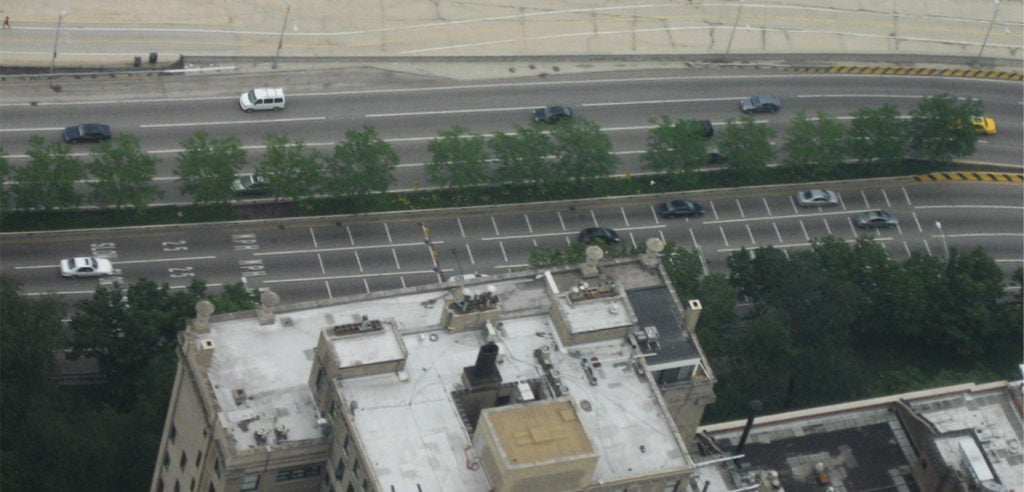
Source: Nudges
“Rather than asking people to slow down, the sensation of driving over these lines made the driver feel as though they were increasingly speeding up and at greater risk. Therefore, they naturally slowed down” explains Sam.
The city’s traffic engineers reported a 36% decrease in crashes in the six months after the lines were painted compared to the same 6-month period the year before.
3. Appealing to evolutionary instincts and emotions reduced street violence
Another very creative example from Sam is one of Ogilvy’s own. In the 2011 riots in the streets of Greenwich, London, rioters were damaging their own community, violently ripping apart shop shutters, burning down pubs, and making a mess on the streets that you really didn’t want to be in at that moment.
To change behavior that is based on certain emotions, like anger, neutralizing those emotions first could be the best way to do it.
The solution seems easy – get more policemen on the streets. Right? Well, that could be quite costly. But how about a few cans of paint? During their research, Ogilvy came across an interesting study.
“We found a lovely behavioral insight illustrating that the round face and big eyes of babies elicit a natural caring response from people. It’s hard-wired.“ says Sam. “We took to the streets and painted a series of shop front shutters with baby faces in areas of high traffic and potential social unrest.”

Without summoning dozens of policemen, and possibly creating even more violence and damage, this lovely nudge led to about a 20% reduction in crime. If you found this case study interesting, it’s also a part of the online course – Behavioral Economics in Business: 11 Case Studies. Check it out.
We are often emotional, and those feelings make us act. To change behavior that is based on certain emotions, like anger, neutralizing those emotions first could be the best way to do it.
4. Increasing sales with the right words in the right place
Often, it doesn’t even take dozens of paint cans. Sometimes a pen and a couple of the right words in the right place can work as well – as in the case study shared by Jez Groom, founder and CEO of Cowry Consulting.
A Behavioral Design consultancy, Gravity Ideas, collaborated with social change organization The Big Issue to help disadvantaged people escape from poverty. The Big Issue vendors were selling the magazine to drivers stopping at traffic lights, but their daily earnings were barely enough to cover the costs of their transport services and food for the day. So, the goal was to increase sales.
Gravity Ideas started by carefully analyzing the interactions with potential buyers. And what did they find? The drivers’ negative responses were instinctive and automatic.
The vendors were wearing big blue bibs with a giant The Big Issue sign. When drivers saw them, the representativeness heuristic took place – an automatic mental shortcut we use to make assumptions through stereotyping. And as it turned out, The Big Issue, as an organization working with the disadvantaged, was associated with negative stereotypes.
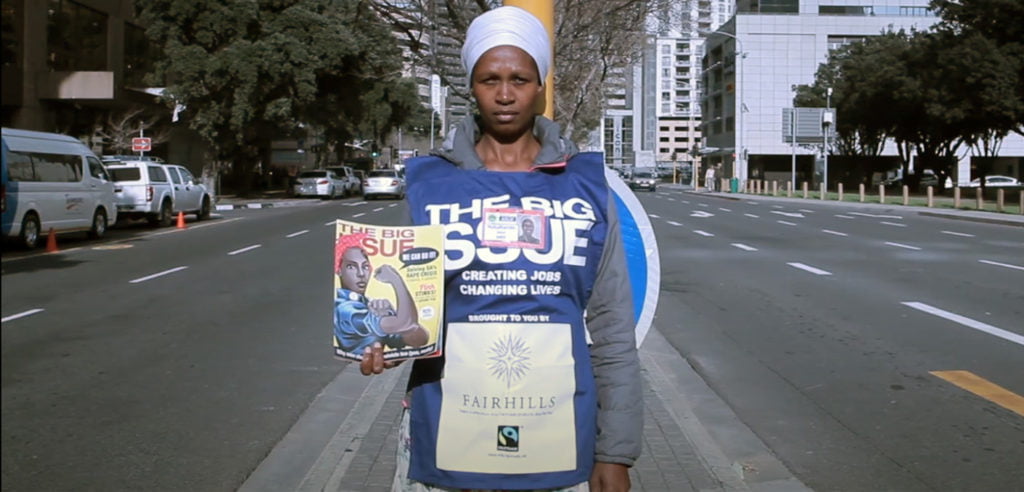
Source: Gravity Ideas
Salience
Everything that stands out, is novel, or seems relevant, captures people’s attention, and makes it more likely to affect their thinking and actions.
The bibs were very salient, and were the first thing the drivers saw. So, what did Gravity Ideas do? They redesigned them. They changed the “the Big Issue” sign on the bibs to “My big issue”. This little change created an opportunity for drivers to empathize with the vendors. Beneath the sign, they added the vendor´s handwritten personal problem, making it more authentic.
Under that they added “Today I must sell…”, followed by the specific number of magazines they needed to sell that day to solve their big problem. As they sold more magazines throughout the day, they could change the numbered cards, and those cards were salient enough to catch buyers’ eyes. With this, the buyers felt like they were really making a difference, moving the vendors closer to their goals.
The buyers felt like they were really making a difference, moving the vendors closer to their goals.
The last thing Gravity Ideas did was something absolutely crucial for every behavior we want to change – making the payment as easy as possible. It often happened that the buyers simply didn’t have any cash. So, they put a big QR code on the bibs, enabling the buyers to pay easily through their phones simply by scanning the QR code.
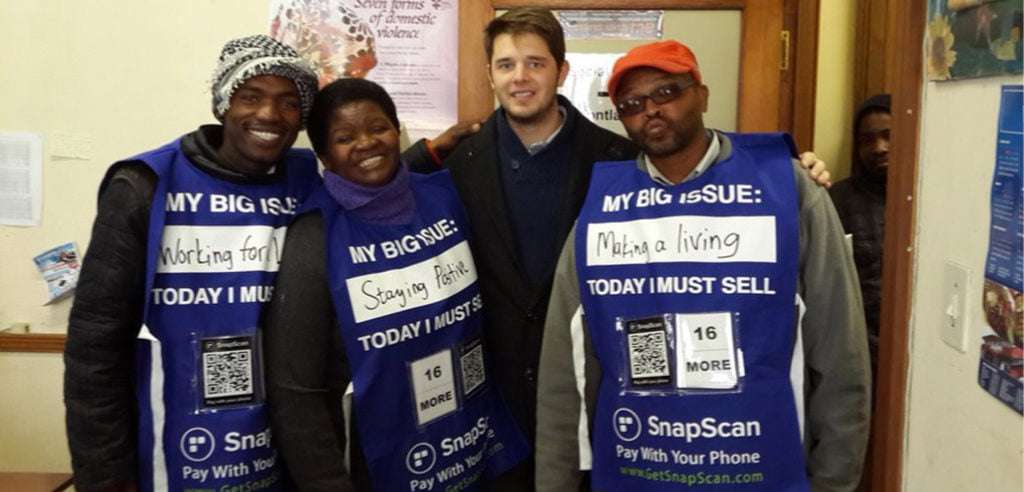
Source: Gravity Ideas
These simple interventions led to a higher engagement rate from the drivers, and therefore also to higher magazine sales, helping the vendors to get back on their feet.
5. Making passengers walk farther improved their experience
Matej’s second favorite case study is the one conducted by a Houston airport. Not so long ago, they faced an unpleasant challenge – a large number of passenger complaints about the long waiting times at baggage claim. The solution they came up with was very counterintuitive.
As expected, they tried the logical approach first – increasing the number of baggage handlers, which decreased the waiting times to 8 minutes. Success? No – complaints still came in as if nothing had changed.
So, the airport executives analyzed the whole situation to find the catch. What they found was that the passengers took just a minute to get from their gates to baggage claim but then they were just standing there, waiting for their baggage for seven more minutes.
Luckily for them, psychologists have done more than enough research on waiting to know this is no good. The studies show that the duration of time greatly depends on mental activity. In other words – when we are occupied, the time seems to run faster.
Taking this into account, the solution suddenly seemed pretty simple. The airport moved the arrival gates further from the main terminal and sent bags to the farthest carousel, making the passengers walk for six-times longer, but wait much less time.
Even if the passengers spent the same amount of time to get their baggage, it didn’t feel like that as they spent more time occupied than standing around doing nothing.
And the results? The number of complaints fell to almost zero. “Even if the passengers spent the same amount of time to get their baggage, it didn’t feel like that as they spent more time occupied than standing around doing nothing. And that’s what counts,” adds Matej.
If you want to know more about how to make waiting less of a drag, check out this article about waiting in an online environment.
6. Persuading irrational patients to accept a more effective treatment
Last but not least, one of the favorite behavioral interventions of Simon Moore, the CEO of Innovationbubble, is a project of Innovationbubble itself – a small change that made the lives of many diabetes patients much easier.
The patients were slowly losing their eyesight and in order to prevent this, they had to visit their doctor once a month to get an injection. But then an eye transplant procedure became available – a procedure that could solve the patients’ problem once and for all. The problem was the patients weren’t interested.
Uncertainty
Uncertainty is a situation when your customer has incomplete or missing information. A situation when their questions, concerns, and fears aren’t answered.
Why? Who wouldn’t want to get rid of their problem for good? From the rational point of view it would seem logical that everybody would want that. But that is exactly the problem – the rational mind is not something we turn to very often when making decisions. Even important no-brainers like to see or not to see.
Innovationbubble took a closer look at the situation from a behavioral economics perspective. And what did they find? The nemesis of every behavior change – uncertainty.
“Patients preferred their monthly visit to the doctor’s office as a regular reassurance that they were not going blind” explains Simon. With the eye transplant, there were no visits needed and patients were worried that the transplant might not work correctly.
In situations with just the slightest uncertainty, people prefer to play it safe. That means they will stick to the previous behavior because it seems to work just fine, and it feels safe. This is called the status quo bias.
As Simon went on, it became clear the patients weren’t the only ones uncertain about the situation. “Doctors also preferred monthly checkups as well – because they worried if they didn’t have regular check-ups the patients’ sight might get worse, and they wouldn’t know.”
And so reassurance is what everybody got. Innovationbubble encouraged people to get the transplant and to schedule monthly checkups with a doctor as well. “But now instead of a 45-minute procedure with injections, they would have just a quick 5-minute monthly check-up” explains Simon.
Finding out all the uncertainties people might feel is crucial for any attempt at behavior change. Check how Zara mastered it to boost their online sales or how Netflix reduced every uncertainty the customer might feel during their registration process.
Key takeaways for your business:
- Always consider the physical context in which you want to change behavior. Sometimes just a little change in the physical environment can bring you big results
- We are emotionally driven creatures. When trying to change behavior, consider the emotional state that people are in at that moment and try to either neutralize or use the emotion.
- When your customers need to wait, occupy them. It will make the time pass faster for them and the whole process of waiting will be less annoying.
- Always check for potential uncertainties. Even the slightest uncertainty can be enough for people not to change their behavior.

